detail profile masayuki yui
Peran Yang Di Mainkan Masayuki Yui
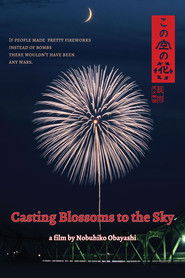 In the aftermath of the 2011 Thoku...
In the aftermath of the 2011 Thoku...Casting Blossoms to the Sky 2012
In the aftermath of the 2011 Tōhoku earthquake and tsunami, a journalist arrives in Nagaoka, a city decimated during a WWII air raid and by the 2004 Chūetsu earthquakes, to report on the disaster; there, she learns about the experiences of its inhabitants and stumbles upon a stage play written by an enigmatic student of her ex-boyfriend.
 A talented but troubled Edo Period...
A talented but troubled Edo Period...Sword of Desperation 2010
A talented but troubled Edo Period swordsman, Kanemi Sanzaemon. Three years earlier, Kanemi killed a woman, Renko, the corrupt mistress of the powerful daimyo Tabu Ukyou. Unexpectedly, Kanemi received a lenient sentence for his crime and is allowed to return to his clan after only one year of imprisonment. Following his return, Kanemi is faced with the death of his wife, Mutsue. Thereafter, Kanemi lives with and cares for his wife's niece, Satoo, who has secret affections for Kanemi and expresses them by helping change his bleak outlook on life. Meanwhile, Kanemi's develops his unique "bird-catching" sword technique which he will soon put to test in battle for the first time against the fearsome swordsman, Hayatonosho Obiya.
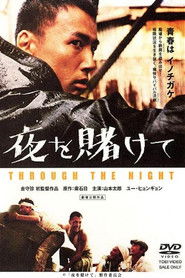 When povertystricken KoreanJapanese Zainichi discover there...
When povertystricken KoreanJapanese Zainichi discover there...Through the Night 2002
When poverty-stricken Korean-Japanese (Zainichi) discover there is valuable iron ore in the rubble of a destroyed shantytown they plan to haul it out for profit. Amidst this plan there is discrimination, war and an infatuation between a man and a woman, but like everything around them there and owing to the forces around them, there is as much chance that these may burn to ashes and be destroyed or be the beginning of something new.
 Documentary made by Toho for the...
Documentary made by Toho for the...Akira Kurosawa: It Is Wonderful to Create: 'Seven Samurai' 2002
Documentary made by Toho for the Masterworks reissue of all of its Kurosawa films. This one focuses on "Seven Samurai" (1954).
 Documentary made by Toho for the...
Documentary made by Toho for the...Akira Kurosawa: It Is Wonderful to Create: 'Ikiru' 2002
Documentary made by Toho for the Masterworks reissue of all of its Kurosawa films. This one focuses on "Ikiru" (1952).
 Documentary made by Toho for the...
Documentary made by Toho for the...Akira Kurosawa: It Is Wonderful to Create: 'High and Low' 2002
Documentary made by Toho for the Masterworks reissue of all of its Kurosawa films. This one focuses on "High and Low" (1963).
 Documentary made by Toho for the...
Documentary made by Toho for the...Akira Kurosawa: It Is Wonderful to Create: 'The Hidden Fortress' 2002
Documentary made by Toho for the Masterworks reissue of all of its Kurosawa films. This one focuses on "The Hidden Fortress" (1958).
 Documentary made by Toho for the...
Documentary made by Toho for the...Akira Kurosawa: It Is Wonderful to Create: 'Throne of Blood' 2002
Documentary made by Toho for the Masterworks reissue of all of its Kurosawa films. This one focuses on "Throne of Blood" (1957).
 Documentary made by Toho for the...
Documentary made by Toho for the...Akira Kurosawa: It Is Wonderful to Create: 'Ran' 2002
Documentary made by Toho for the Masterworks reissue of all of its Kurosawa films. This one focuses on “Ran” (1985).
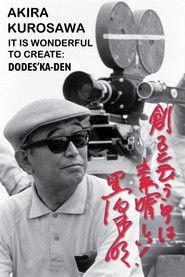 Documentary made by Toho for the...
Documentary made by Toho for the...Akira Kurosawa: It Is Wonderful to Create: 'Dodes'ka-den' 2002
Documentary made by Toho for the Masterworks reissue of all of its Kurosawa films. This one focuses on "Dodes'ka-den" (1970).
 Documentary made by Toho for the...
Documentary made by Toho for the...Akira Kurosawa: It Is Wonderful to Create: 'The Bad Sleep Well' 2002
Documentary made by Toho for the Masterworks reissue of all of its Kurosawa films. This one focuses on "The Bad Sleep Well" (1960).
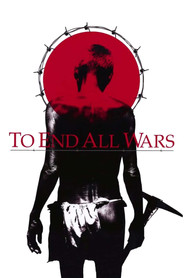 Based on a reallife story this...
Based on a reallife story this...To End All Wars 2001
Based on a real-life story, this drama focuses on a small group of Allied soldiers in Burma who are held captive by the Japanese. Capt. Ernest Gordon, Lt. Jim Reardon and Maj. Ian Campbell are among the military officers kept imprisoned and routinely beaten and deprived of food. While Campbell wants to rebel and attempt an escape, Gordon tries to take a more stoic approach, an attitude that proves to be surprisingly resonant.
 With Ran legendary director Akira Kurosawa...
With Ran legendary director Akira Kurosawa...Ran 1985
With Ran, legendary director Akira Kurosawa reimagines Shakespeare's King Lear as a singular historical epic set in sixteenth-century Japan. Majestic in scope, the film is Kurosawa's late-life masterpiece, a profound examination of the folly of war and the crumbling of one family under the weight of betrayal, greed, and the insatiable thirst for power.
 Akira Kurosawas lauded feudal epic presents...
Akira Kurosawas lauded feudal epic presents...Kagemusha 1980
Akira Kurosawa's lauded feudal epic presents the tale of a petty thief who is recruited to impersonate Shingen, an aging warlord, in order to avoid attacks by competing clans. When Shingen dies, his generals reluctantly agree to have the impostor take over as the powerful ruler. He soon begins to appreciate life as Shingen, but his commitment to the role is tested when he must lead his troops into battle against the forces of a rival warlord.
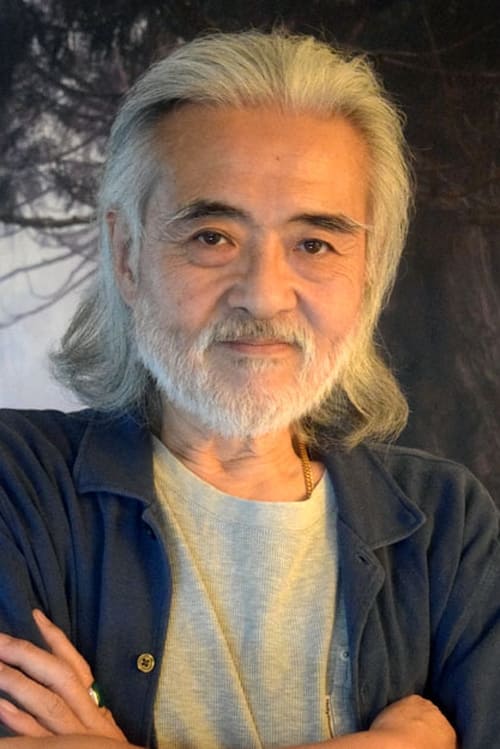

 The police are tracking a man...
The police are tracking a man...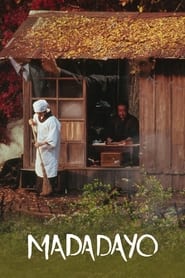 Based on the life of Hyakken...
Based on the life of Hyakken...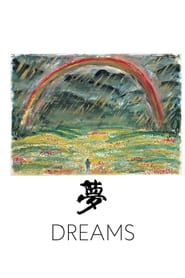 A collection of magical tales based...
A collection of magical tales based...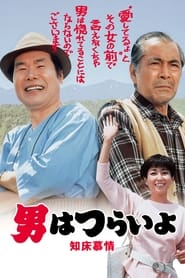 When his travels take him to...
When his travels take him to...